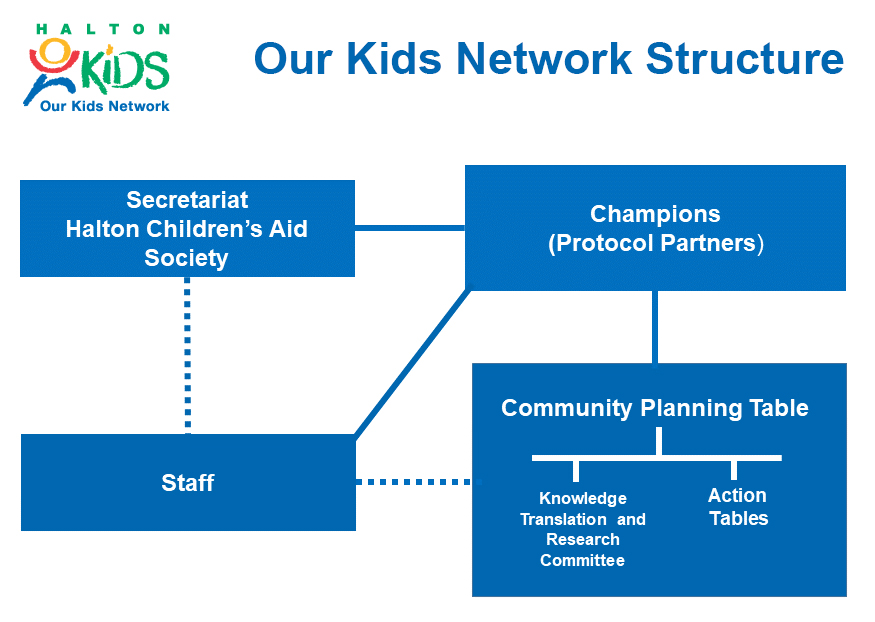Resource Hub
The website promotes Results-Based Accountability (RBA), a framework that helps organizations achieve positive outcomes by measuring and improving their impact. It offers RBA resources and training opportunities.
The Knowledge Mobilization Toolkit is a comprehensive online resource that provides tools, strategies, and best practices for effective knowledge mobilization to improve outcomes for communities.
RBA is a framework for strategic planning to achieve positive outcomes for children, youth, families, and communities. It focuses on the Halton 7 conditions, while knowledge mobilization and asset-building support knowledge sharing and youth development.
Seven evidence-based conditions of well-being needed for children, youth and families to thrive. The entire community, including government and business, shares responsibility to achieve the Halton 7.
Disciplined way of thinking and taking action collectively. Begin with the end result in mind and work backwards, step by step, towards the means.
The webpage explains the concept of Collective Impact, a collaborative approach for solving complex social issues through partnership and shared accountability. It offers resources and examples.

